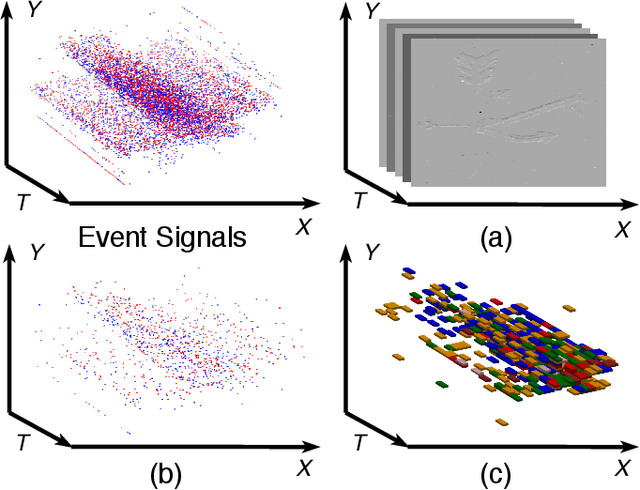Huiying Chen
Class-Specific Attention (CSA) for Time-Series Classification
Nov 19, 2022Abstract:Most neural network-based classifiers extract features using several hidden layers and make predictions at the output layer by utilizing these extracted features. We observe that not all features are equally pronounced in all classes; we call such features class-specific features. Existing models do not fully utilize the class-specific differences in features as they feed all extracted features from the hidden layers equally to the output layers. Recent attention mechanisms allow giving different emphasis (or attention) to different features, but these attention models are themselves class-agnostic. In this paper, we propose a novel class-specific attention (CSA) module to capture significant class-specific features and improve the overall classification performance of time series. The CSA module is designed in a way such that it can be adopted in existing neural network (NN) based models to conduct time series classification. In the experiments, this module is plugged into five start-of-the-art neural network models for time series classification to test its effectiveness by using 40 different real datasets. Extensive experiments show that an NN model embedded with the CSA module can improve the base model in most cases and the accuracy improvement can be up to 42%. Our statistical analysis show that the performance of an NN model embedding the CSA module is better than the base NN model on 67% of MTS and 80% of UTS test cases and is significantly better on 11% of MTS and 13% of UTS test cases.
EV-VGCNN: A Voxel Graph CNN for Event-based Object Classification
Jun 01, 2021



Abstract:Event cameras report sparse intensity changes and hold noticeable advantages of low power consumption, high dynamic range, and high response speed for visual perception and understanding on portable devices. Event-based learning methods have recently achieved massive success on object recognition by integrating events into dense frame-based representations to apply traditional 2D learning algorithms. However, these approaches introduce much redundant information during the sparse-to-dense conversion and necessitate models with heavy-weight and large capacities, limiting the potential of event cameras on real-life applications. To address the core problem of balancing accuracy and model complexity for event-based classification models, we (1) construct graph representations for event data to utilize their sparsity nature better and design a lightweight end-to-end graph neural network (EV-VGCNN) for classification; (2) use voxel-wise vertices rather than traditional point-wise methods to incorporate the information from more points; (3) introduce a multi-scale feature relational layer (MFRL) to extract semantic and motion cues from each vertex adaptively concerning its distances to neighbors. Comprehensive experiments show that our approach advances state-of-the-art classification accuracy while achieving nearly 20 times parameter reduction (merely 0.84M parameters).
 Add to Chrome
Add to Chrome Add to Firefox
Add to Firefox Add to Edge
Add to Edge